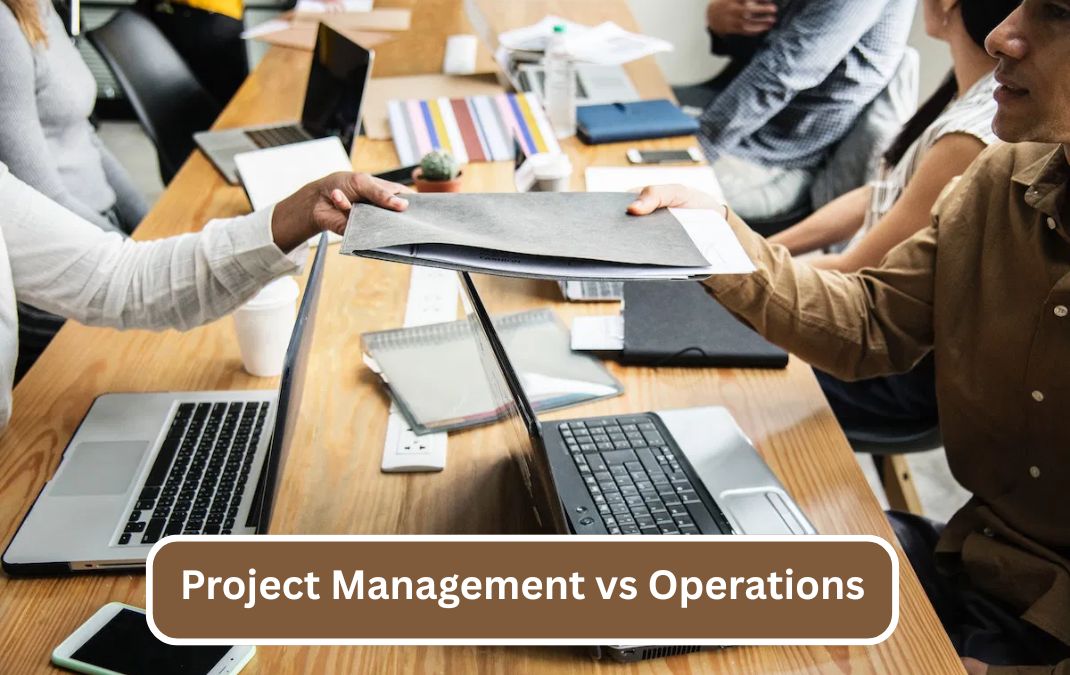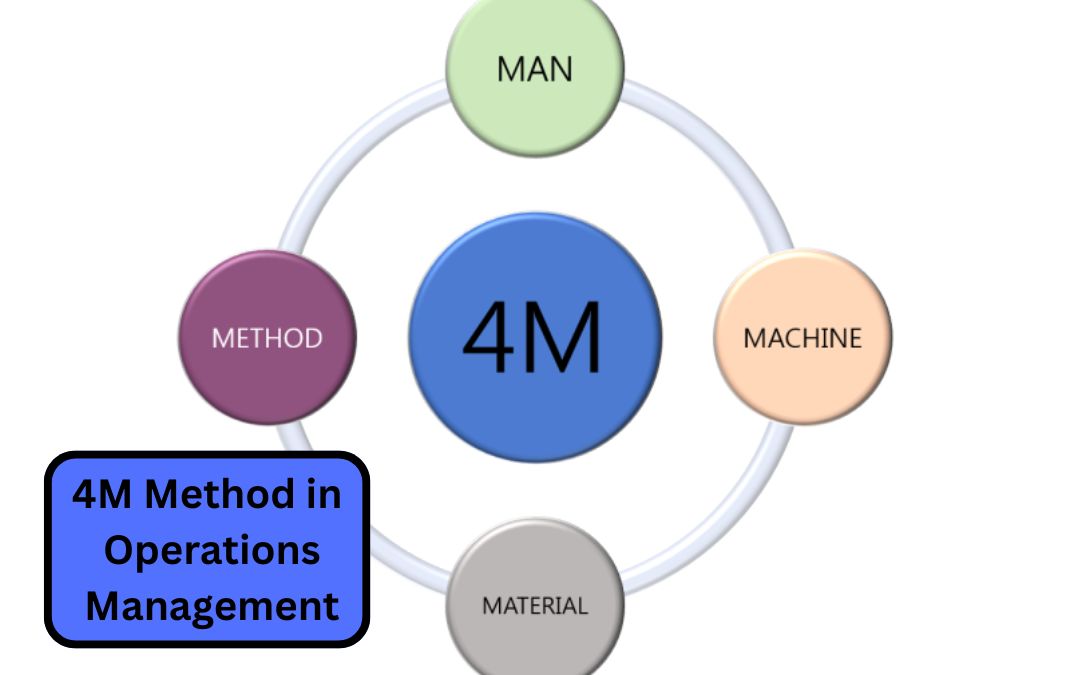In today’s fast-paced world, getting the right product to the right place at the right time is more than just logistics—it’s a competitive advantage. That’s why supply chain managers are becoming key players in modern businesses. These professionals make sure that the entire journey—from production to delivery—runs smoothly, efficiently, and cost-effectively.
If you’re someone who loves solving complex problems, working with teams, and making processes more efficient, supply chain management might be your dream career. Let’s break it down, step-by-step.
What Does a Supply Chain Manager Actually Do?
Think of a supply chain manager as the engine room of a business. While the CEO may steer the ship, the supply chain manager makes sure the engine is humming, the crew is working in sync, and the cargo is on track.
Their role includes:
- Managing relationships with suppliers and vendors
- Monitoring inventory and warehouse operations
- Handling shipping, logistics, and delivery timelines
- Reducing costs without compromising quality
- Solving bottlenecks and preventing disruptions
- Collaborating with departments like sales, production, and finance
In short, supply chain managers help businesses run smarter, not harder.
Why This Role Is in High Demand
As businesses shift more toward direct-to-customer (B2C) models and global supply chains become more complex, the need for sharp, well-trained supply chain professionals has skyrocketed.
By 2027, the global supply chain management market is projected to grow to over $45 billion, and skilled professionals will be in high demand to manage the systems behind that growth.
Start with the Right Education
Most supply chain managers begin with a Bachelor’s degree in:
- Business Administration
- Logistics or Supply Chain Management
- Operations or Industrial Engineering
While a Master’s or MBA can enhance your chances, real-world experience and practical skills often matter just as much.
Build the Skills That Set You Apart
To thrive in this role, you’ll need both technical expertise and soft skills. Here’s a mix of both:
Hard Skills
- Inventory and Warehouse Management
- Procurement and Vendor Relations
- Logistics and Route Optimization
- Data Analysis & ERP Software (like SAP, Oracle)
- Risk and Cost Control
- Process Automation and IT tools
Soft Skills
- Strategic Thinking
- Leadership and Team Coordination
- Critical Problem-Solving
- Communication and Negotiation
- Decision-Making Under Pressure
Bonus: If you’re naturally curious, organized, and detail-oriented, you’re already halfway there.
A Step-by-Step Career Path
Here’s how you can go from a beginner to a respected supply chain leader:
Step 1: Get Your Degree
Start with a bachelor’s in business, logistics, or related fields. You’ll learn the basics of supply chain operations, economics, and management.
Step 2: Learn Hands-On Through Internships
Internships are gold in this field. They teach you real-world challenges and introduce you to logistics tools and systems.
Step 3: Craft a Smart Resume
Highlight relevant skills, certifications, and practical experiences. Add any coursework, software proficiency, or internship highlights.
Step 4: Start with Entry-Level Jobs
Don’t aim for the top just yet. Begin with roles like:
- Logistics Coordinator
- Inventory Analyst
- Procurement Assistant
These roles give you a solid foundation and industry exposure.
Step 5: Network Like a Pro
Join logistics forums, attend industry events, or connect with professionals on LinkedIn. Many job leads come from people, not portals.
Step 6: Choose Your Niche
Supply chain management includes multiple paths:
- Logistics – Transport and distribution
- Procurement – Vendor selection and purchasing
- Planning – Demand forecasting and resource allocation
- Production – Manufacturing efficiency and quality control
Choose one or rotate through several to broaden your perspective.
Step 7: Climb to Mid-Level Roles
After 3–5 years, you can move into:
- Supply Chain Analyst
- Operations Planner
- Procurement Manager
These roles prepare you for strategic responsibilities.
Step 8: Add Certifications
Certifications make you stand out. Here are a few globally recognized ones:
- CSCP – Certified Supply Chain Professional
- CPSM – Certified Professional in Supply Management
- SCPro™ – Supply Chain Management Professional
Step 9: Advance to a Managerial Position
With 5–7 years of experience, you can take on the supply chain manager role, leading teams and overseeing end-to-end operations.
Step 10: Keep Learning
Take short online courses to keep up with tech, strategy, and innovation. Upskilling keeps you relevant in a fast-evolving field.
Where Can You Find These Jobs?
Top companies across the globe are actively hiring supply chain managers. Look for roles on:
- Glassdoor
- Indeed
- Company websites (Amazon, Apple, Dell, Walmart, Unilever)
Want to go freelance? Try platforms like Upwork or Toptal for project-based consulting.
Career Growth: What’s After “Manager”?
Once you’ve proven yourself, your path can lead to even bigger roles like:
- Head of Logistics
- Director of Operations
- VP of Supply Chain
- Chief Operating Officer (COO)
Experience, consistency, and smart decision-making will take you far.
FAQs
1. Do I need a business degree?
Yes, a degree in business or supply chain is recommended. But certifications and experience can sometimes make up for a different background.
2. How long does it take to become a supply chain manager?
On average, about 5 years of work experience is needed to move into this role.
3. Where should I apply first?
Start with roles in eCommerce, manufacturing, or logistics companies. Entry-level positions are widely available on job boards and company career pages.
Final Thoughts
Supply chain management is no longer just a “back-end” job—it’s a strategic powerhouse for modern businesses. It combines planning, teamwork, data, and decision-making to keep the business running and customers satisfied.
With the right education, experience, and mindset, you can build a meaningful, high-impact career that helps move the world—literally.












